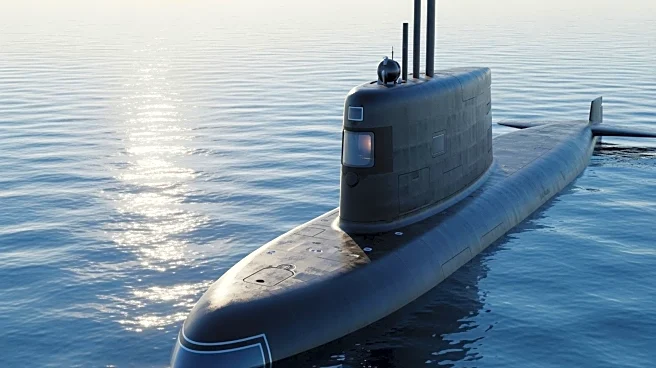What's Happening?
A multinational exercise in the North Sea, led by the Royal Netherlands Navy, has demonstrated the operational overlap between mine countermeasures (MCM) and critical undersea infrastructure (CUI) protection.
The exercise, named 'Sandy Coast 2025', included participation from the Belgian and Estonian navies and focused on clearing mines and protecting harbors. For the first time, CUI security and threat response were integrated into the exercise, reflecting the growing military threats to critical infrastructure in the North and Baltic Seas. The exercise emphasized the importance of layered, multidomain surveillance for CUI security, with NATO navies now combining anti-submarine warfare, MCM, and CUI protection under the umbrella of 'underwater warfare'.
Why It's Important?
The integration of CUI protection into traditional naval exercises signifies a shift in military priorities, recognizing the increasing threats to critical infrastructure from sabotage and other hostile actions. This development is crucial for NATO, as it enhances the alliance's ability to protect vital undersea assets, which are essential for national security and economic stability. The exercise also highlights the need for advanced surveillance and detection technologies to identify and respond to threats effectively. As geopolitical tensions rise, particularly in regions like the North and Baltic Seas, the ability to secure underwater infrastructure becomes a strategic priority for NATO and its member states.













